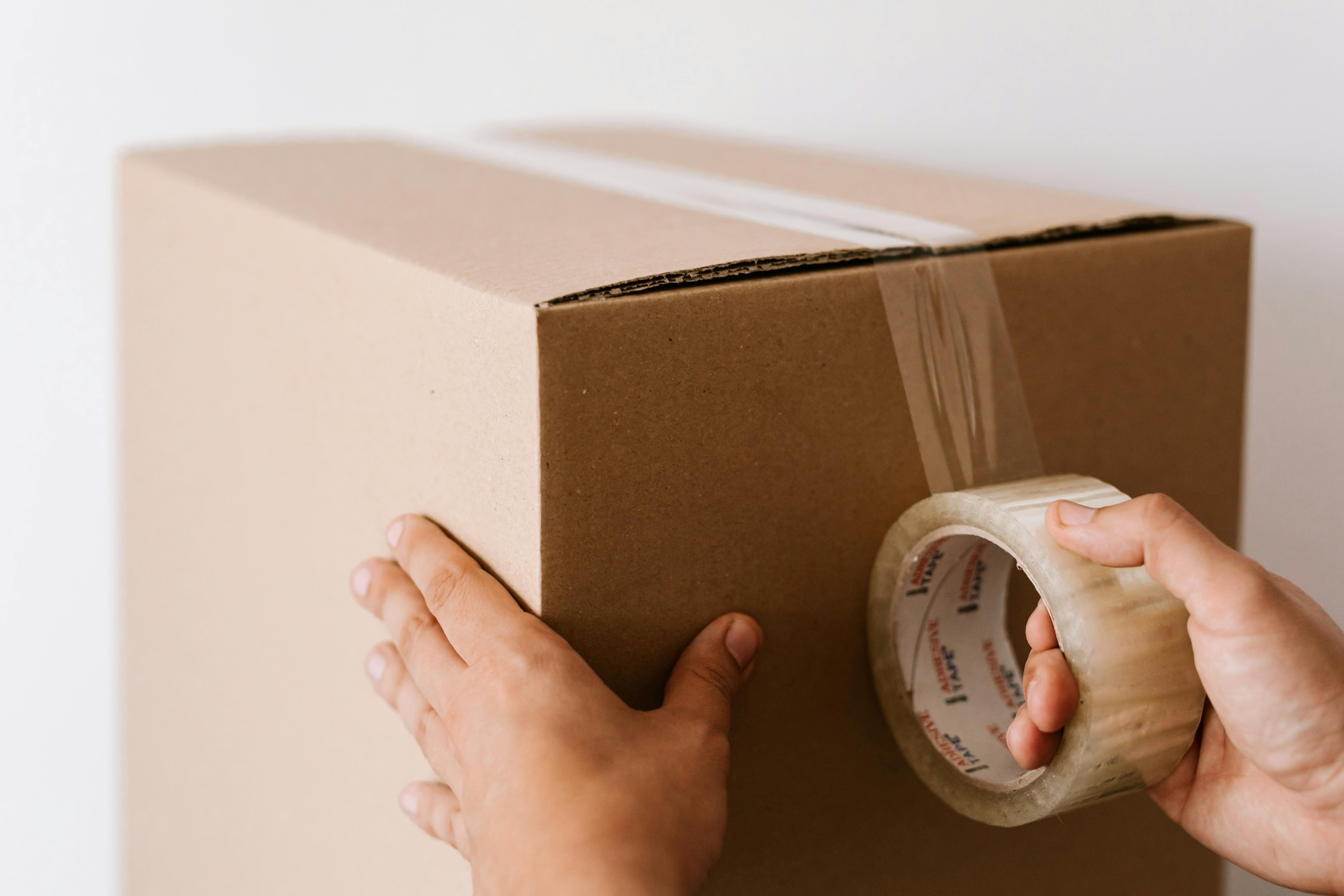So you’ve picked up a rental or two, made the necessary repairs and upgrades, and you’re ready to make it profitable with a tenant. Among the many things you will have to do is collect a security deposit from your tenant before they move in. In this article, I’m going to go over some basic things to know about security deposits.
First of all, a security deposit is money that your tenant deposits with you against the future cost of any damage they may cause to the property. This money belongs to the tenant, and most states require that landlords maintain a separate account to hold security deposits. Some states require that you pay your tenants annual interest on this money.
The security deposit is generally based on the amount of the rent, which ranges from one to three months of rent. Some states do not have limits on the maximum amount of security deposits, while other states have a limit. If your security deposit is going to be equal to a month’s rent, it is a good idea to make it ten or twenty dollars more or less than the rent to clearly differentiate its purpose as a security deposit and not as rent payment.
The security deposit is intended to cover property damage in excess of standard wear and tear. While this is subject to interpretation, usually things like holes in the walls, cigarette burns in the carpet, broken windows, damaged fixtures, etc. can be claimed against the security deposit.
Laws governing security deposits vary from state to state. It is very important to check local laws governing how much you can charge, how you should keep the deposit, what damages you can deduct from it, and the procedure for returning and / or sending a notice of deposit deductions to the former tenant.
